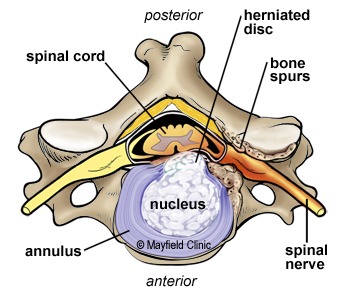Lumbar Laminectomy



Lumbar laminectomy, also known as decompressive laminectomy, is a surgical procedure performed to relieve pressure on the spinal nerves in the lower back (lumbar region). This procedure involves removing a portion of the lamina, which is the bony arch of the vertebra, to create more space in the spinal canal and alleviate compression on the nerves. Here is an overview of lumbar laminectomy for patients:
Indications:
Lumbar Spinal Stenosis: Narrowing of the spinal canal in the lumbar region, causing compression of the spinal nerves.
Herniated Disc: Protrusion of disc material that may compress nerves.
Bone Spurs: Abnormal bone growth that may encroach upon the spinal canal.
Degenerative Disc Disease: Wear and tear on the lumbar discs, leading to pain and reduced mobility.
Preparation:
Medical Evaluation: Patients undergo a thorough medical evaluation, including imaging studies (MRI, CT scans) to assess the extent of the lumbar spine issue.
Discussion with Surgeon: The surgeon explains the procedure, discusses potential risks and benefits, and answers any questions the patient may have.
Procedure:
Positioning: The patient is typically positioned face down on the operating table.
Anesthesia: General anesthesia is administered to ensure the patient is asleep and pain-free during the procedure.
Incision: An incision is made in the lower back over the affected vertebrae.
Laminectomy: The surgeon removes a portion of the lamina to create more space in the spinal canal.
Foraminotomy: If necessary, additional bone may be removed from the sides of the vertebrae to enlarge the neural foramen, the passageway through which spinal nerves exit the spine.
Discectomy: If a herniated disc is present, the surgeon may remove or trim the affected portion to relieve pressure on the nerves.
Closure: The incision is closed with sutures or staples.
Recovery:
Hospital Stay: The length of the hospital stay is typically one to three days.
Activity Restrictions: Patients are advised to avoid certain activities, such as heavy lifting or strenuous exercise, during the initial recovery period.
Physical Therapy: Rehabilitation exercises and physical therapy are introduced gradually to help restore lower back strength and mobility.
Follow-up:
Postoperative Visits: Patients have follow-up visits with the surgeon to monitor the healing process, address any concerns, and assess the effectiveness of the procedure.
Imaging Studies: X-rays or other imaging studies may be conducted to evaluate the surgical site and ensure proper healing.
Potential Risks and Considerations:
As with any surgical procedure, there are risks, including infection, bleeding, and complications related to anesthesia.
While lumbar laminectomy aims to alleviate symptoms, it may lead to changes in spine biomechanics.
Success in relieving symptoms varies among individuals.














